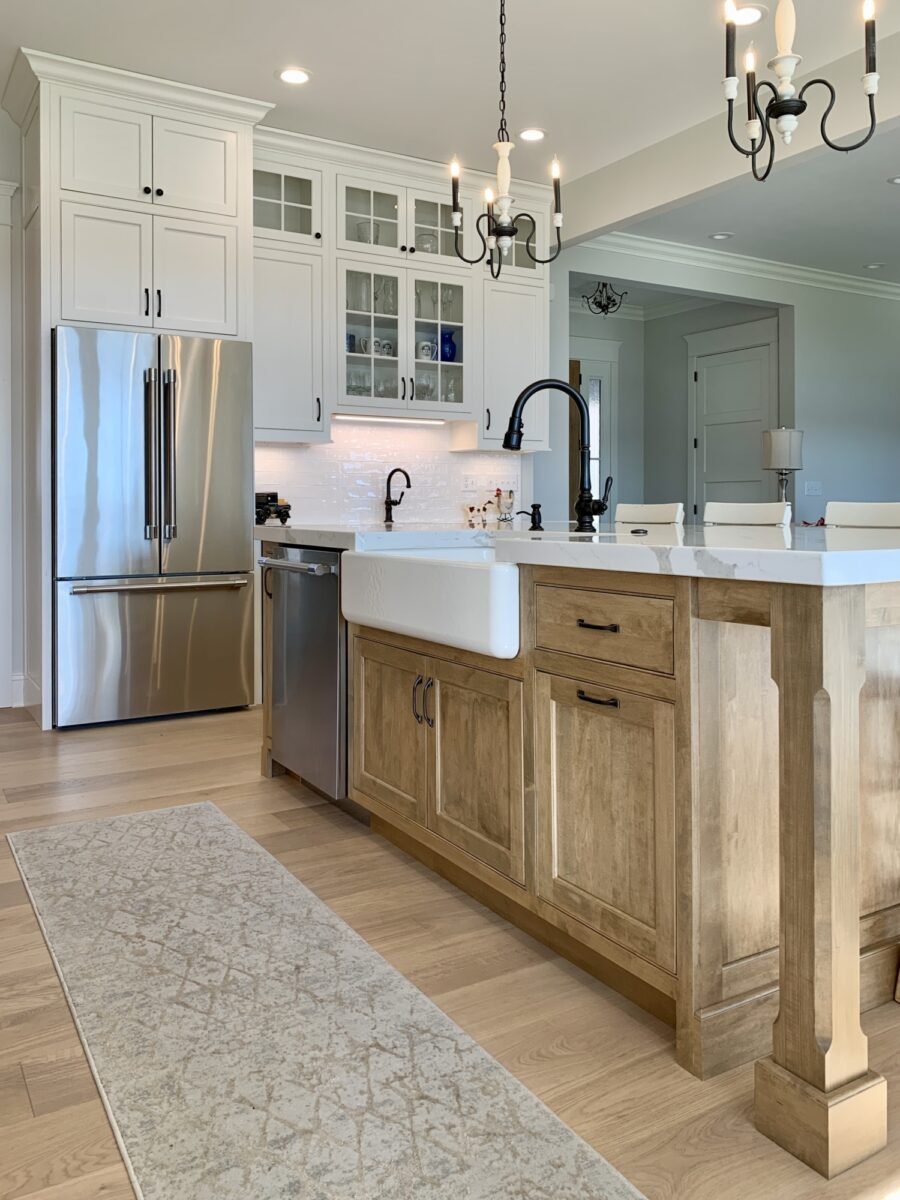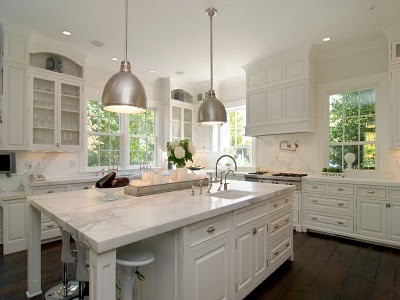Rely Upon Specialist Workmanship for Tailored Legs For Kitchen Island Concepts
Rely Upon Specialist Workmanship for Tailored Legs For Kitchen Island Concepts
Blog Article
Necessary Aspects to Think About When Choosing Legs For Cooking Area Island
Selecting the appropriate legs for a kitchen area island involves a careful analysis of several variables that can significantly influence both performance and visual appeal. Among these, the selection of material plays a pivotal role in making sure sturdiness, while the design must match the existing style. Moreover, considerations such as height and weight assistance are vital for security and comfort. As we discover these elements, it becomes clear that each choice can have far-ranging ramifications for the overall cooking area experience. What nuances should be thought about in each of these groups to attain the excellent balance?
Product Options
When selecting legs for a kitchen island, understanding the numerous material options is essential for accomplishing both aesthetic allure and architectural integrity (Legs For Kitchen Island). The selection of product considerably influences not just the durability of the island but likewise its general style and capability
Metal legs, often made from stainless steel or functioned iron, add a industrial and modern feel while making sure sturdiness and security. These products are immune to wear and can support significant weight, making them optimal for bigger islands.
An additional alternative is engineered materials, like MDF or plywood, which can be more cost-effective while still providing a variety of surfaces. However, they might not give the same level of stability as strong wood or steel. Last but not least, products such as acrylic or glass can develop a modern look, though they may call for extra support to make sure stability.
Inevitably, the selection of material for cooking area island legs must align with the preferred capability and the total style of the cooking area.
Style and Design

When considering style, the shape and surface of the legs are important. Tapered legs can provide a feeling of agility and beauty, while thicker, a lot more robust legs can communicate stamina and stability. Additionally, the surface-- be it repainted, tarnished, or all-natural-- ought to complement the cabinetry and kitchen counter products to produce a unified look.
Furthermore, the layout of the legs can likewise reflect personal taste. Personalized or decorative legs, such as those including detailed carvings or unique geometric forms, can function as centerpieces, including character and individuality to the kitchen area. Eventually, the appropriate selection will certainly not just enhance capability yet also raise the visual appeal, making the kitchen area island a standout attribute of the home.
Elevation Considerations
Picking the suitable elevation for cooking area island legs is important, as it straight influences both functionality and convenience. The basic height for a kitchen island usually varies from 36 to 42 inches, straightening with typical countertop heights. A 36-inch height is suitable for cooking and cooking, enabling for comfy use kitchen area appliances and tools. Conversely, an elevation of 42 inches is commonly favored for islands meant for bar seats, suiting taller stools and offering a laid-back eating experience.

It is likewise necessary to represent users' choices and elevations. Tailoring the height can make certain a comfy experience for all family members, making the cooking area island an extra useful and delightful area.
Weight Assistance
Making sure adequate weight assistance for kitchen area island legs is crucial for both security and performance. The kitchen area visit here island frequently offers multiple functions, including food preparation, eating, and added storage space, demanding a robust support framework. When selecting legs, it is critical to take into consideration the general weight ability required based on the island's planned usage and the materials that will be put on it.
The choice of material for the legs plays a substantial duty in their weight-bearing capabilities. Solid timber, metal, and durable compounds normally give remarkable strength compared to lighter materials. Additionally, the design of the legs-- whether they are right, tapered, or have a pedestal kind-- can affect their capability to distribute weight efficiently across the framework.
Constantly speak with the producer's requirements regarding lots limitations to make sure that the legs can maintain the desired weight without compromising security. In summary, choosing kitchen island legs with appropriate weight support is necessary for developing a secure and functional culinary space.
Installment and Upkeep
Proper setup and upkeep of kitchen area island legs are critical for guaranteeing durability and stability. This usually entails securing the legs to the island base using appropriate bolts, ensuring that the legs are degree and aligned.
Once set up, regular maintenance is necessary to protect the stability and look of the legs - Legs For Kitchen Island. For wood legs, periodic cleaning with a moist towel and application of suitable timber polish can protect against moisture damages and preserve their surface. Steel legs might need a mild cleaning solution to remove grease and Go Here gunk, followed by a completely dry fabric to prevent corrosion development
Additionally, inspect the legs on a regular basis for indicators of wear or damage, such as cracks or loosened joints. Tightening screws or screws as required can likewise extend the lifespan of the legs. By adhering to these installment and upkeep practices, home owners can ensure that their cooking area island continues to be tough and visually appealing for many years ahead.
Final Thought

Aesthetic comprehensibility is paramount in selecting the design and style of legs for a kitchen island, as these elements greatly affect the total atmosphere of the space. Tapered legs can offer a sense of agility and style, while thicker, extra robust legs can communicate stamina and stability.Choosing the proper height for cooking area island legs is vital, as it straight affects both functionality and convenience. In summary, selecting kitchen area island legs with adequate weight support is necessary for developing a risk-free and functional cooking space.
In conclusion, choosing legs for a cooking area island demands mindful factor to consider of numerous aspects, consisting of material alternatives, design, height, weight assistance, and setup.
Report this page